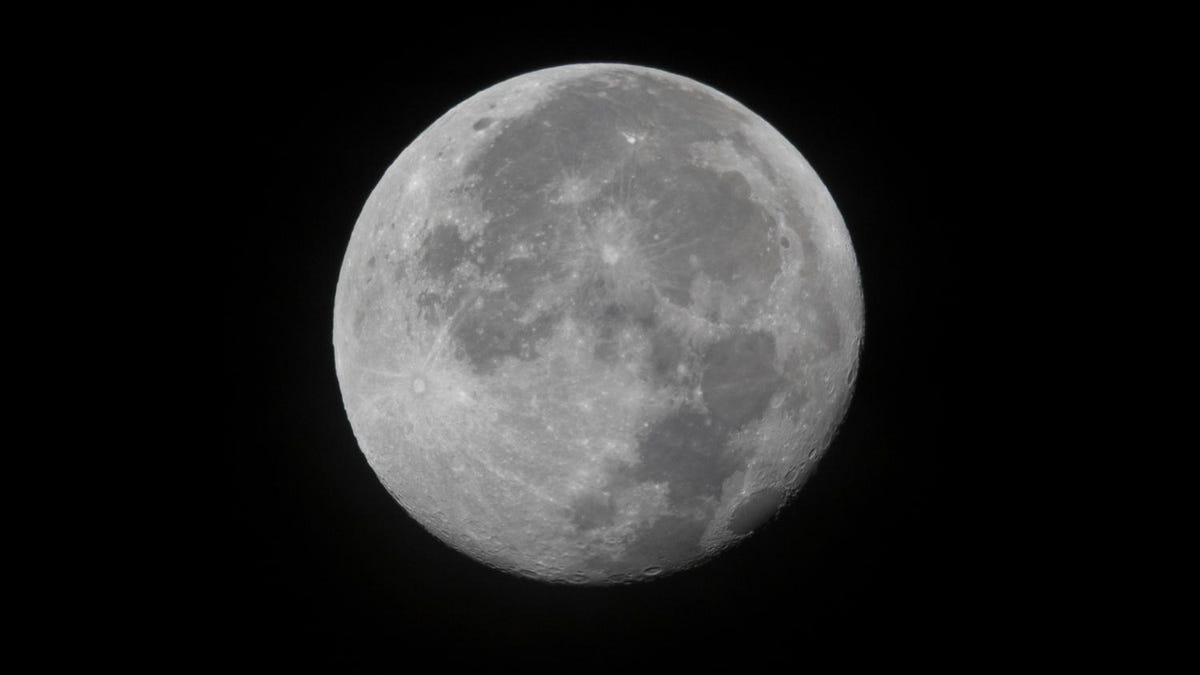It's the last 'blue moon' of the decade, and you can totally miss it
Yes, it only happens once in a blue... Well, you know. But there's really nothing to see this Saturday.

This is a full moon. A blue moon looks like a full moon. That's it.
I'm all for an exciting "blood moon" (aka: a total lunar eclipse) or even a just slightly interesting "supermoon" when the full moon looks a smidge bigger in the sky, but there is absolutely no reason to get excited about this Saturday's "blue moon."
You may have seen other headlines declaring that this will be the last time this unique full moon will rise until 2021, but there's actually nothing astronomical that sets a blue moon apart from any other full moon.
According to the Library of Congress, a blue moon occurs when a particular season has four full moons rather than the typical three. When this happens, the third moon of the four is labeled a blue moon.
It has nothing to do with the actual coloration of our natural satellite, or anything to do with space, for that matter.
It's just one of the naming conventions from the old Farmers' Almanacs: the same as calling January's full moon a "wolf moon" because wolves were often heard howling at winter moons long ago, apparently.
That's the most old school definition of a blue moon, a least. It's also come to be defined as the second full moon that falls within the same calendar month. So if there's a full moon on the first day of any month (except February), you'll get a blue moon about four weeks later.
Again, this newer definition really has nothing to do with the moon itself, which is just going about its normal orbiting business. Rather, a blue moon is dependent on the rather arbitrary calendar that we've all decided to use to keep track of our lives.
So while blood moons aren't actually bloody and supermoons are really more "kinda neat" than full-blown super, both are worth stepping outside to see. A blue moon, on the other hand, is really just the same as last month's full moon. If you miss it, there's a repeat showing four weeks later, just without the fancy title.

